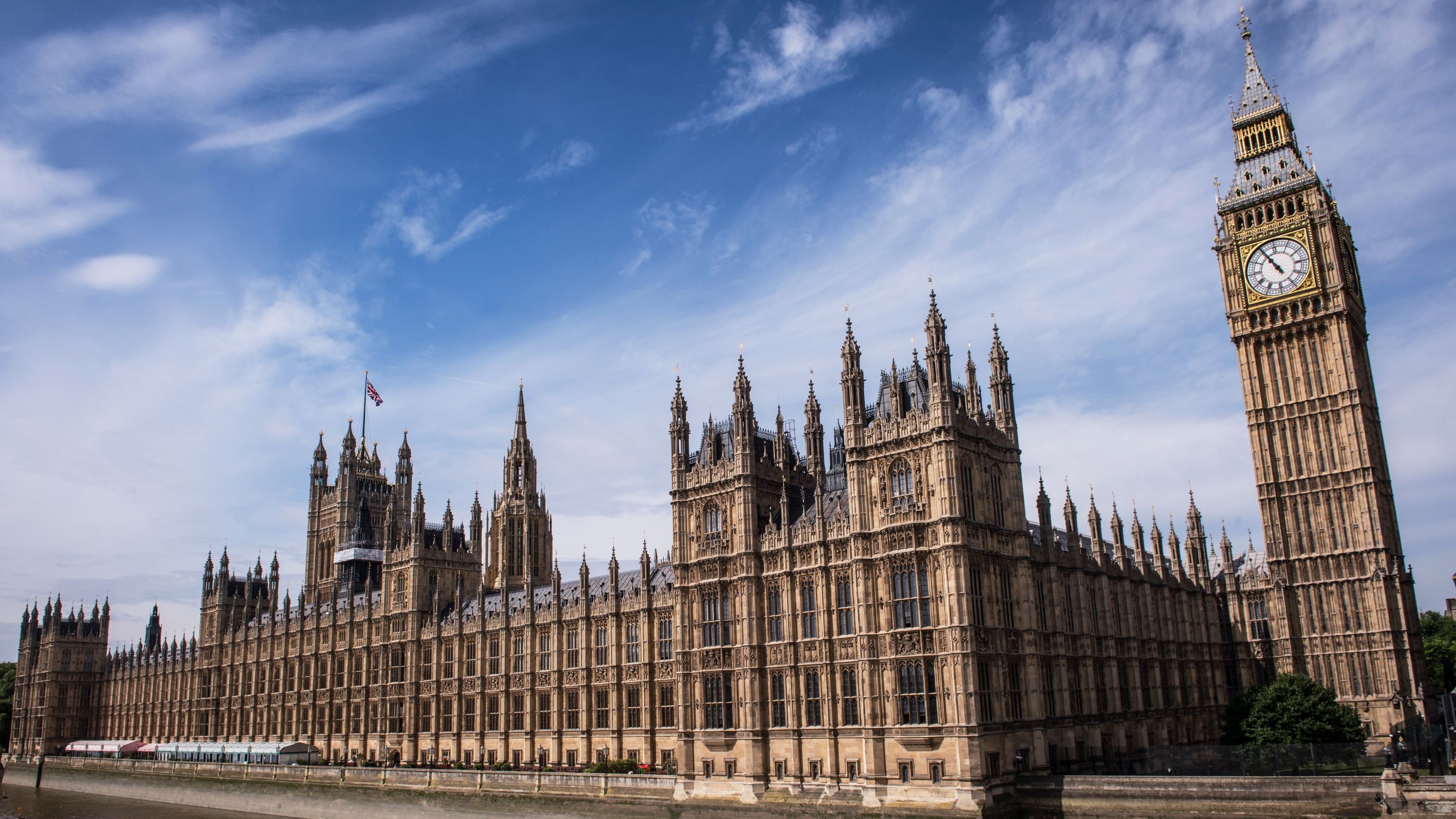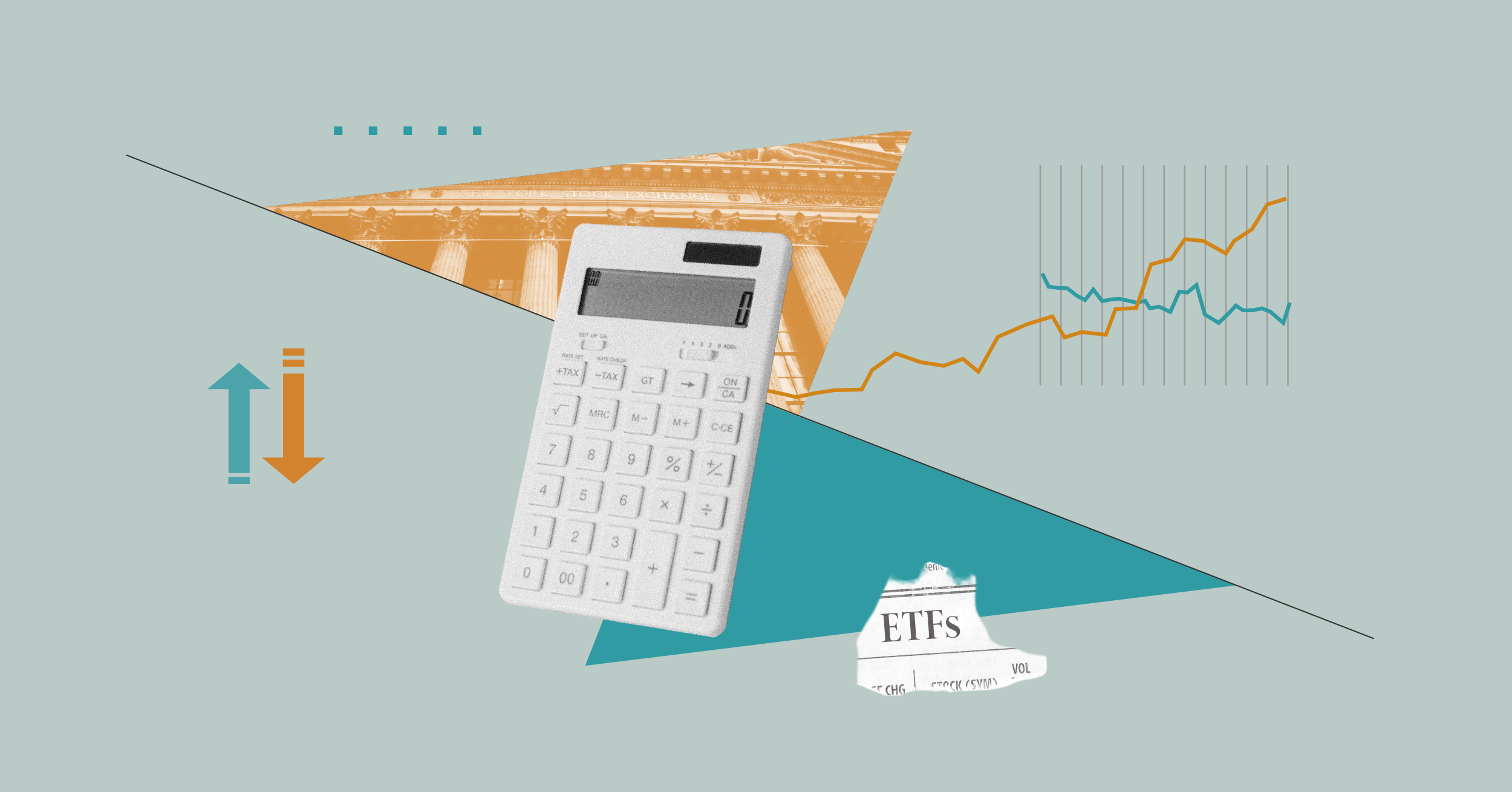National Grid continues to convert its aggressive capital-spending plans into strong earnings and dividend growth. The firm posted a 16% increase in continuing pretax income for the first six months of its fiscal year, in line with our outlook. This earnings growth allowed the company to boost its interim dividend payment 8% to 13.65p per share and maintain a solid 75% trailing-12-month payout ratio.
Although revenue was mostly flat during the first six months compared with 2008, we expected this based on lower pass-through commodity prices, a deflationary rate environment, and a reduction in demand in the UK and Northeastern United States. National Grid was able to offset this revenue weakness with lower operating and financing costs tied to the same key variables as revenue, thus preserving shareholder returns.
In addition to returns on new invested capital, a key profit boost came from a reduction in one-time operating expenses that were tied to its Keyspan acquisition in 2007. This year-over-year reduction in expenses should continue in the second half and provide about £1 billion of savings for the full year. A weaker US dollar also provided some currency benefits for the company, but we do not expect this to persist long term.
Fair value estimate: 702p ¦ Fair value uncertainty: Medium ¦ Economic moat: Narrow
Thesis
(Last updated 26-08-2009)
With its $11.8 billion purchase (including assumed debt) of New York-based Keyspan in August 2007, National Grid became one of the world's 15 largest utilities by revenue and reaffirmed its ability to woo regulators on both sides of the Atlantic. Despite heavy regulation that can constrain profits, National Grid continues to create shareholder value.
National Grid holds an enviable position between energy suppliers and consumers in both the United Kingdom and the Northeastern United States. It achieved its dominant position in the UK during the government's unbundling of energy generation, transmission, and distribution assets in the 1980s. It now owns or operates nearly every power wire and natural gas pipe in the UK and serves 11 million customers through England's largest natural gas distribution network. In 2000, National Grid entered the Northeastern US and now gets about half of its revenue from the region.
National Grid operates in 20 different regulatory regimes, which diversifies regulatory risk but requires substantial negotiating effort. The UK's five-year rate cycles remain the key earnings drivers. Transmission rates, which expire in 2012, allow National Grid to earn a real return of 4.4% per year after tax on its asset base. Gas distribution regulation, which expires in 2013, allows a 4.3% real return after tax on its asset base. Because gas rates were negotiated during late 2007 when interest rates were falling, they are lower than those for transmission. However, National Grid has matched or hedged most of its debt based on its regulated allowed returns, so earnings are mostly protected from interest rate volatility.
In the US, federal regulators set transmission rates and state regulators set distribution rates. All rates are based on allowed returns on equity, which currently average about 11% across the company's US operations. In addition, National Grid has been able to negotiate rate mechanisms that allow shareholders to benefit from cost efficiencies and avoid commodity cost exposure. The company has proved adept at avoiding rate cases and preserving favourable terms, resulting in excess returns for shareholders.
National Grid's networks should become more valuable as the UK and Northeastern US experience tighter supply/demand balances for both gas and electricity. Recent regulatory rulings on both sides of the Atlantic include capital-investment mandates that could increase National Grid's asset base 30% by 2012. If the company can meet its capital-investment goals and avoid punitive regulation, we expect it will continue rewarding shareholders with dividend growth and capital appreciation.
Valuation
Our fair value estimate for National Grid is 702p per share. After
recently trimming our outlook for electricity usage in the Northeast US,
we now forecast 9% average annual operating profit growth through 2013
off normalised fiscal 2009 income, in line with the company's projected
regulatory asset growth. This projection incorporates £12 billion of
capital investment during the next four years. We think management's
plans to cut redundant operating costs should help offset the
integration of Keyspan's lower-margin operations starting in 2009.
Appreciation of the pound relative to the dollar could reduce the value
of earnings from the firm's US operations, which amount to almost half
of the consolidated business. A substantial releveraging of the business
through recent acquisitions, a £2.8 billion share-repurchase plan
started in 2007, and dividend increases in line with operating profit
growth are creating near-term value for shareholders. This leverage
reduces our cost of capital assumption to 7.8% based on a 10.5% cost of
equity and current credit spreads. A 50-basis-point change in our cost
of equity assumption would change our fair value estimate by 60p.
Risk
Regulatory risk is the primary factor in our medium fair value
uncertainty rating. Regulators seek to keep customer bills low, while
the company tries to increase profits. This means investor returns are
subject to the rates that regulators set. In the UK, regulators prefer
incentive-based rates that require the company to invest a certain
amount of capital and maintain a certain level of operational
efficiency. US regulators could punish the company if the Keyspan
integration fails to provide the promised benefits.
Management & Stewardship
We think National Grid earns high marks for its stewardship. It
separates its CEO and chairman roles, requires annual board meetings
without management, offers generous employee stock-ownership plans while
limiting dilution, keeps fixed executive compensation to less than half
of average total compensation, and dutifully returns cash to
stockholders through dividends and share buybacks. CEO Steve Holliday,
who took over for retired industry veteran Roger Urwin in January 2007,
has been with the company since 2001. He proved his negotiating mettle
by pushing through the Keyspan acquisition. He now must prove his
operational adeptness after several years of acquisition growth.
Holliday earned about £2.2 million in total compensation during the year
ended March 2009, which was in line with comparable-size companies.
Former Keyspan chairman and CEO Bob Catell retired in July 2009, ending
a career that started at Keyspan in 1958. Catell, who was 72 years old
at the end of 2008, earned nearly £2 million in fiscal year 2009 after
taking a $12.5 million payment from National Grid to buy out his Keyspan
contract in 2008.
Overview
Growth: Most of the company's growth should come from investments
in transmission during the next decade to replace old equipment and
connect new energy supply. US growth could come from converting
customers who use oil for heating to natural gas.
Profitability: The consistent operating performance, efficient capital investment, and regulations that allow the company to overearn its regulated returns in the short run should drive operating profit growth of 9% per year through 2013.
Financial Health: Despite taking on £3.5 billion of Keyspan debt and additional leverage from recent growth projects, National Grid remains one of the few companies that has been able to gain access to debt markets through the credit crisis. We expect it will be able to maintain its investment-grade debt rating, increase its dividend, and fund its capital investments.
Profile: National Grid is an international utility that provides electricity and gas transmission and distribution in the UK and Northeastern US. Its primary role is to match electricity supply and demand needs across its network and distribute electricity and natural gas to 11 million customers in England and 7.6 million customers in the US. It also operates in power generation, communications infrastructure, metering services, and liquefied natural gas storage.
Strategy: For the past few years, management has refocused on core transmission and distribution energy operations. With that process nearly complete, the company is entering a growth period with planned capital investment in its existing networks, liquefied natural gas facilities, and customer acquisition. Maintaining favorable regulations will be critical.
Bulls Say
1. Aging electricity and natural gas transmission networks in the US and
UK will require large capital investments, which drive earnings growth.
2. The regulatory environments in all of National Grid's service areas have favorable terms that allow shareholders to participate in upside performance.
3. The company's releveraging through the Keyspan acquisition should boost equity returns.
4. Electricity and gas distribution rates in the UK are set to increase at the inflation rate plus more than 5% annually through 2010, primarily to fund large infrastructure investments.
Bears Say
1. Falling interest rates led UK regulators to cut allowed utility
distribution returns nearly 60 basis points between 2005 and 2008.
2. Despite the favourable dividend growth trend, rising bond yields would make National Grid a less appealing investment choice for income-oriented investors.
3. New York regulators could punish National Grid if it fails to produce the $200 million of cost savings for customers that it promised to seal the Keyspan deal.
4. Tighter credit markets could restrict access to capital the company might need to fund its capital investments.

























